Our Vision
Quantify Metabolic Pathway Activity. In Vivo. In Real Time
Zurich Trace is a University Medicine Zurich (UMZH) platform developing advanced in vivo stable isotope tracing services to clinicians and researchers. We envision a future where the invisible workings of human metabolism are made visible — dynamically, accurately, and in real time.
Our goal is to enable functional metabolic diagnostics that go beyond static snapshots, opening new possibilities for understanding, diagnosing, and treating human disease.
Snapshots Are Not Enough
Current Tools Miss Real-Time Metabolism
While modern omics technologies have greatly advanced our understanding of biology, they mostly provide static information — molecular snapshots in time. However, metabolism is inherently dynamic, constantly adapting to environmental signals, nutrients, disease states, and therapy. Traditional approaches like measuring metabolite abundance (mmol/l) by targeted methods or metabolomics cannot capture the actual metabolite flow (mmol/l/min) through pathways— the true functional state of metabolism often remains elusive.
This presents a major limitation in both clinical contexts and research, where understanding real-time metabolic activity could transform diagnostics and therapeutic decisions.
Our Solution- In Vivo Stable Isotope Tracing
Zurich Trace is a clinical research platform that brings in vivo stable isotope tracing directly into the patient setting. By administering safe, non-radioactive, stable isotope-labeled nutrients and tracing their transformation through metabolic networks in blood, tissue, or other samples, we capture true metabolic activity.
With minimal invasiveness and high-resolution analytics, in vivo stable isotope tracing bridges the gap between advanced metabolic science and patient care.
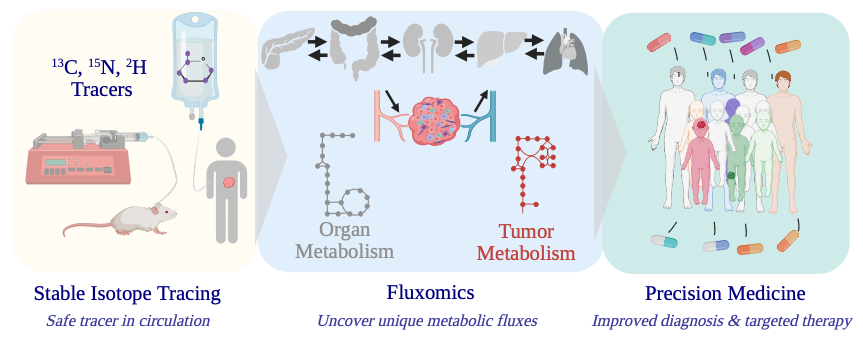
This approach enables:
- Functional metabolic diagnostics
- Disease stratification
- Evaluation of therapeutic response
- Clinical translation of metabolic insights
How In Vivo Stable Isotope Tracing Works
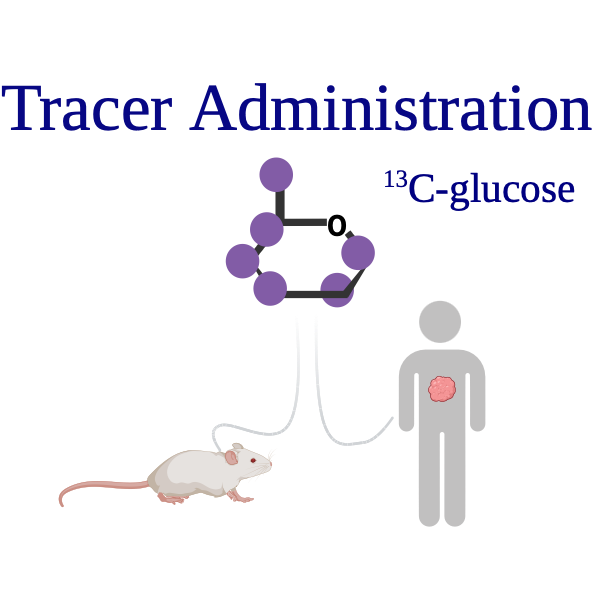
Step (1)
Administer stable isotope-labeled nutrients (e.g., 13C-glucose, 15N-glutamine)
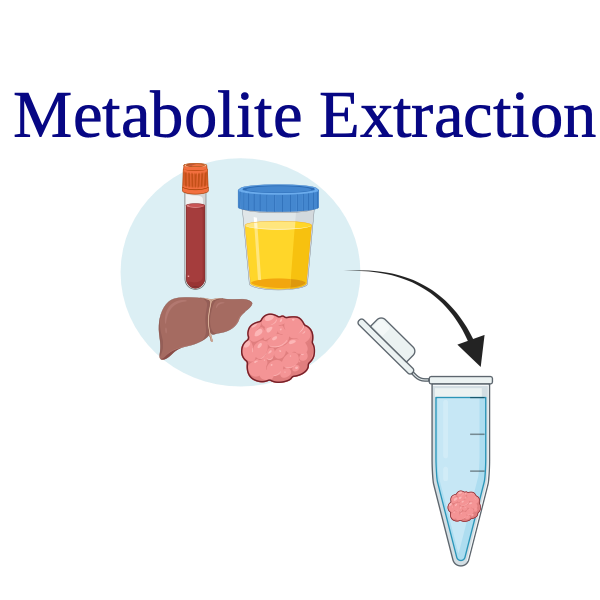
Step (2)
Collect blood, urine, or tissue samples (alternative in-patient NMR)
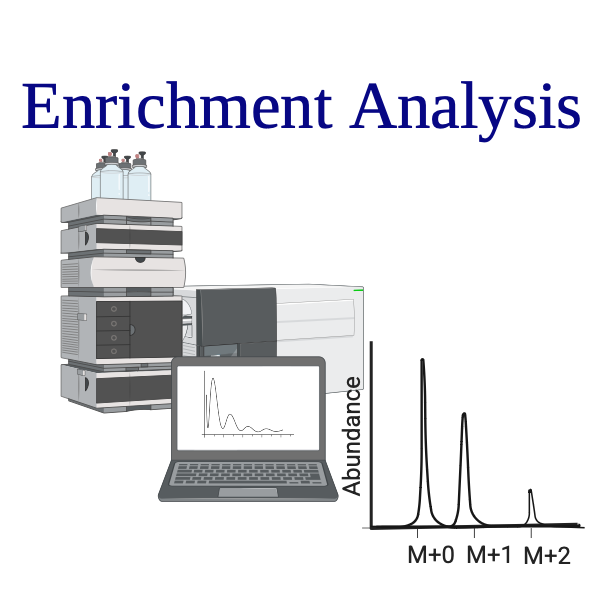
Step (3)
Analyze with LC-MS or NMR
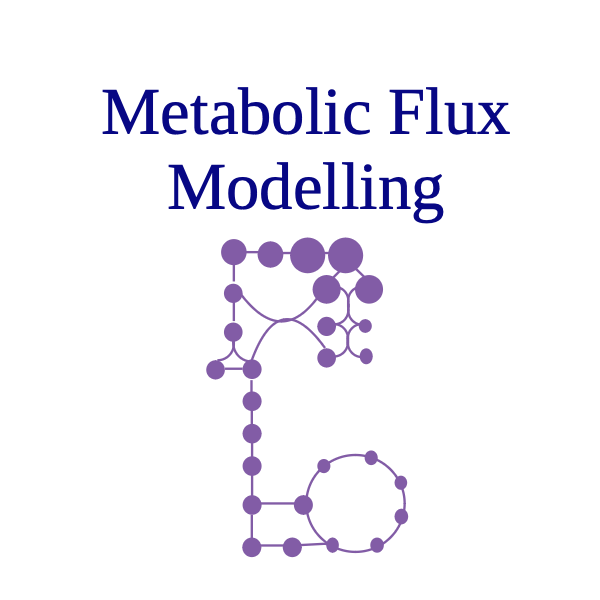
Step (4)
Interpret metabolic flux using custom-built modeling software (e.g., SUMOFLUX)
Clinical and Research Applications
Current Areas of Development and Offers Include:
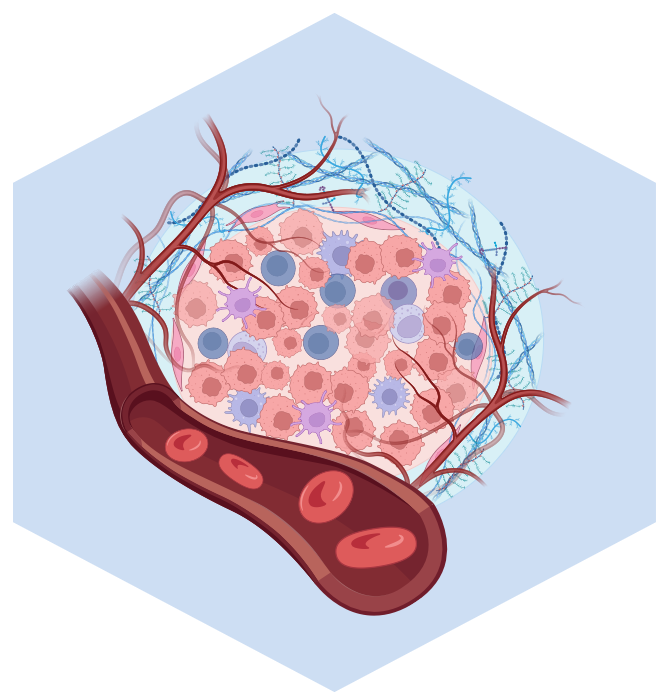
Cancer & Immunometabolism
Target metabolic vulnerabilities in tumors and optimize immune therapies
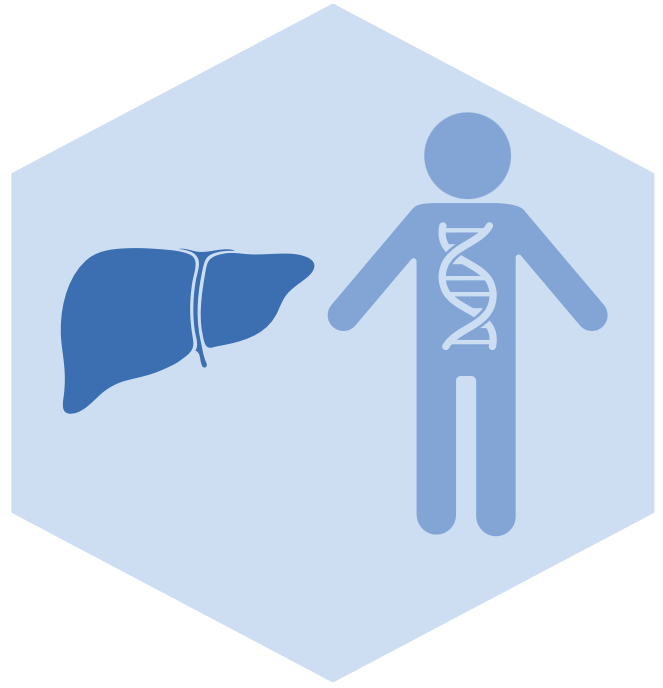
Inborn Errors of Metabolism
Detect and stratify rare metabolic disorders like OTC deficiency or methylmalonic aciduria

Common Metabolic Diseases
Enable phenotyping and diagnostics for diabetes and metabolic syndrome
Who We Serve?
Designed for Researchers and Clinicians
Zurich trace is built for those on the frontlines of research and patient care.
- Clinical and translational scientists
- Pediatric and adult clinicians
- Biotech and pharma partners
- Rare disease and cancer research centers